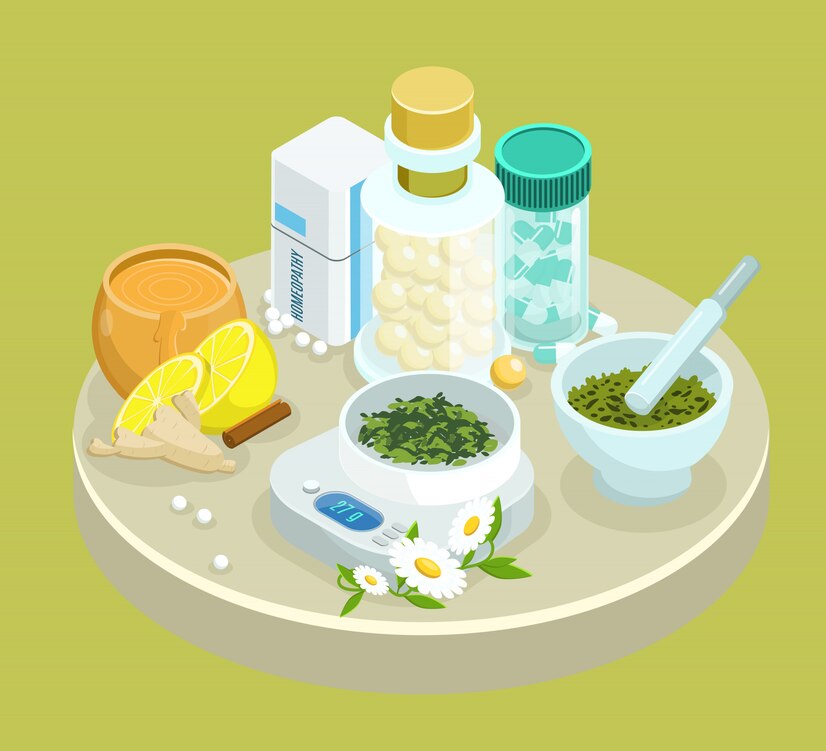
Natural Solutions for Seborrheic Dermatitis: Herbal Remedies and Home Treatments
Dealing with seborrheic dermatitis can be frustrating, but there are natural remedies you can try at home to ease symptoms and promote healthier skin. In this blog, we’ll explore some simple herbal solutions and home treatments to help manage this common skin condition.
Understanding Seborrheic Dermatitis
Seborrheic dermatitis is a chronic inflammatory skin condition characterized by redness, itching, and flaking of the skin. It often affects areas rich in oil glands, such as the scalp, face, and chest, and can be triggered by factors like stress, hormonal changes, and yeast overgrowth.
Home Treatments and Herbal Solutions
- Tea Tree Oil: Tea tree oil has natural antifungal and anti-inflammatory properties that can help reduce inflammation and control yeast overgrowth associated with seborrheic dermatitis. Dilute tea tree oil with a carrier oil like coconut oil and apply it to affected areas of the skin.
- Aloe Vera Gel: Aloe vera gel is known for its soothing and moisturizing properties, making it a popular natural remedy for various skin conditions, including seborrheic dermatitis. Apply pure aloe vera gel to affected areas to help reduce redness, inflammation, and itching.
- Coconut Oil: Coconut oil contains lauric acid, which has antimicrobial properties that can help combat yeast overgrowth on the skin. Apply organic, virgin coconut oil to affected areas to moisturize the skin and reduce flaking and itching.
- Apple Cider Vinegar: Apple cider vinegar has natural antifungal properties that can help control yeast growth and restore the skin’s natural pH balance. Dilute apple cider vinegar with water and use it as a rinse or toner on affected areas of the skin.
- Oatmeal Baths: Oatmeal baths can help soothe inflamed skin and relieve itching associated with seborrheic dermatitis. Add colloidal oatmeal to warm bathwater and soak in it for 15-20 minutes to enjoy its calming effects
When battling seborrheic dermatitis, turning to natural remedies can offer relief and promote healthier skin. In this blog, we delve deeper into simple herbal solutions and home treatments for managing this common skin condition.
Understanding Seborrheic Dermatitis
Seborrheic dermatitis is a persistent inflammatory skin condition marked by redness, itching, and flaking. Commonly found in areas with abundant oil glands like the scalp, face, and chest, it’s often triggered by factors such as stress, hormonal changes, and yeast overgrowth.
Home Treatments and Herbal Solutions
- Tea Tree Oil: Renowned for its antifungal and anti-inflammatory properties, tea tree oil can alleviate inflammation and regulate yeast overgrowth. Mix with coconut oil and gently apply to affected areas for relief.
- Aloe Vera Gel: Aloe vera’s soothing and moisturizing traits make it a go-to remedy for various skin issues, including seborrheic dermatitis. Apply pure gel to lessen redness, inflammation, and itching.
- Coconut Oil: With its antimicrobial component, lauric acid, coconut oil combats yeast overgrowth. Apply virgin coconut oil to moisturize and reduce flaking and itching.
- Apple Cider Vinegar: Restore the skin’s pH balance and control yeast growth with apple cider vinegar’s natural antifungal properties. Dilute with water and use as a rinse or toner on affected areas.
- Oatmeal Baths: Soothe inflamed skin and ease itching by adding colloidal oatmeal to warm bathwater. Soak for 15-20 minutes to enjoy its calming effects on seborrheic dermatitis.
Integrating these natural remedies into your skincare routine can offer significant relief and promote healthier skin, aiding in the management of seborrheic dermatitis.
To seek medical advice, always consult a Doctor. Here are our recommended EXPERTS. Click here
To read more on SKIN. Click Here



